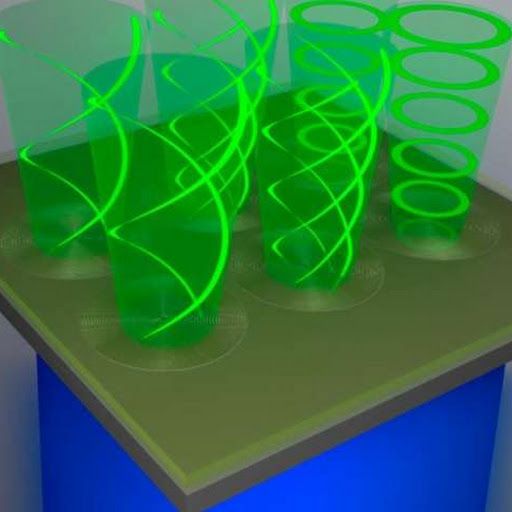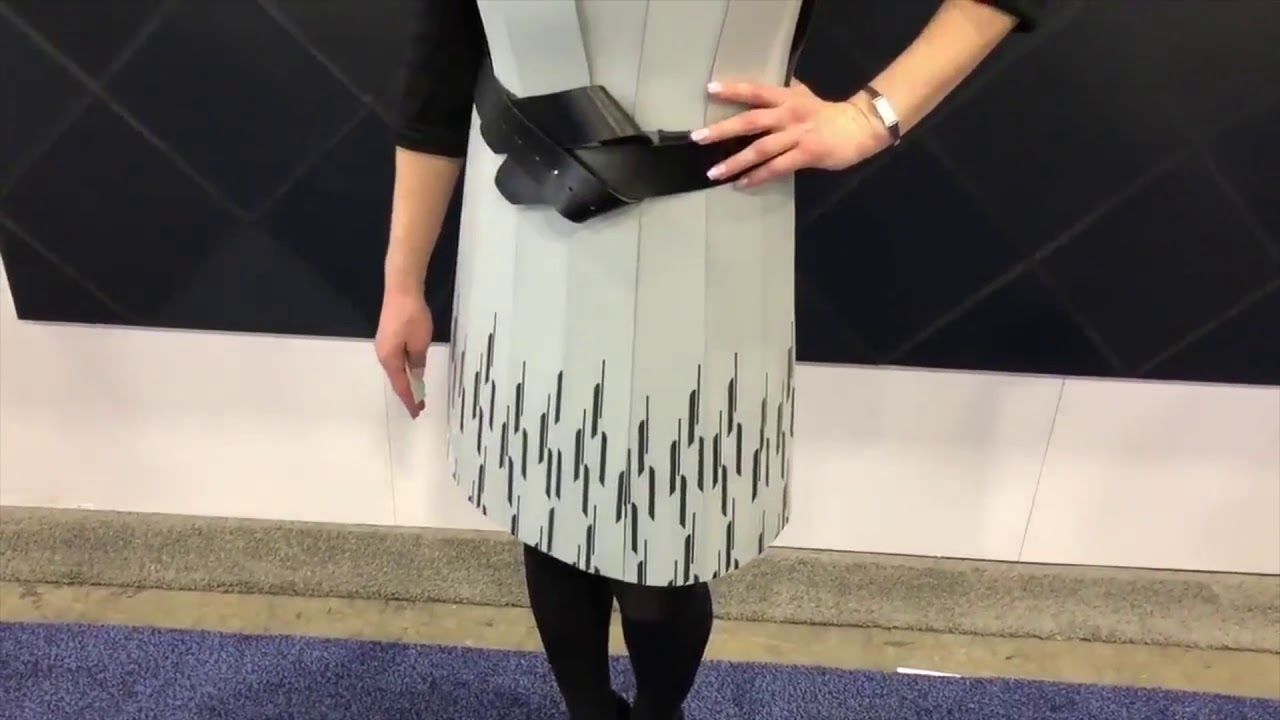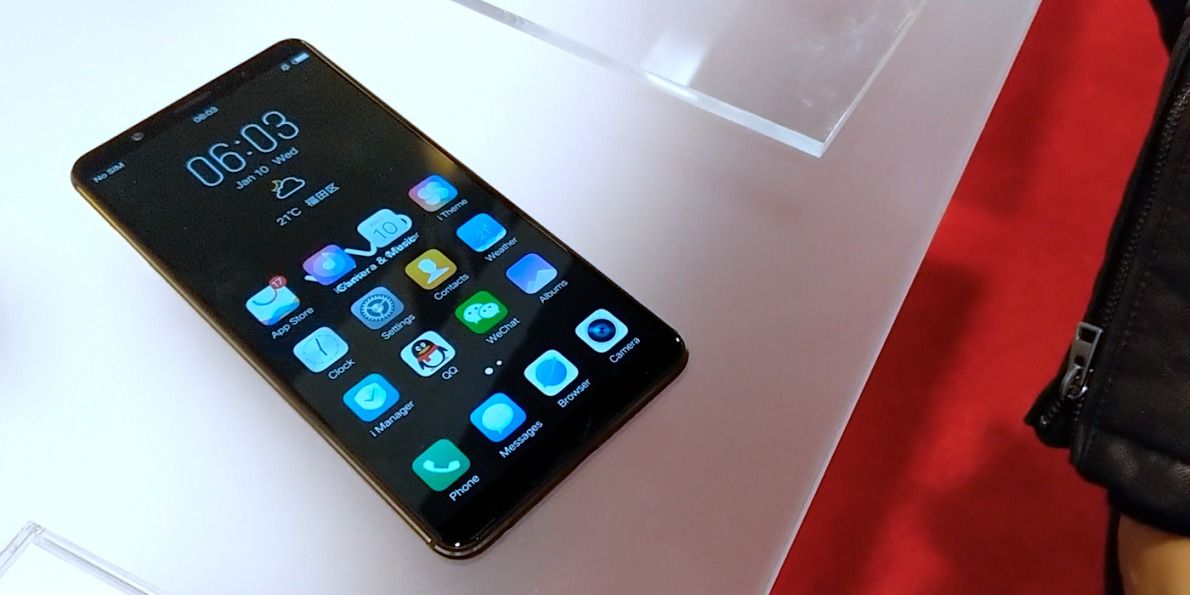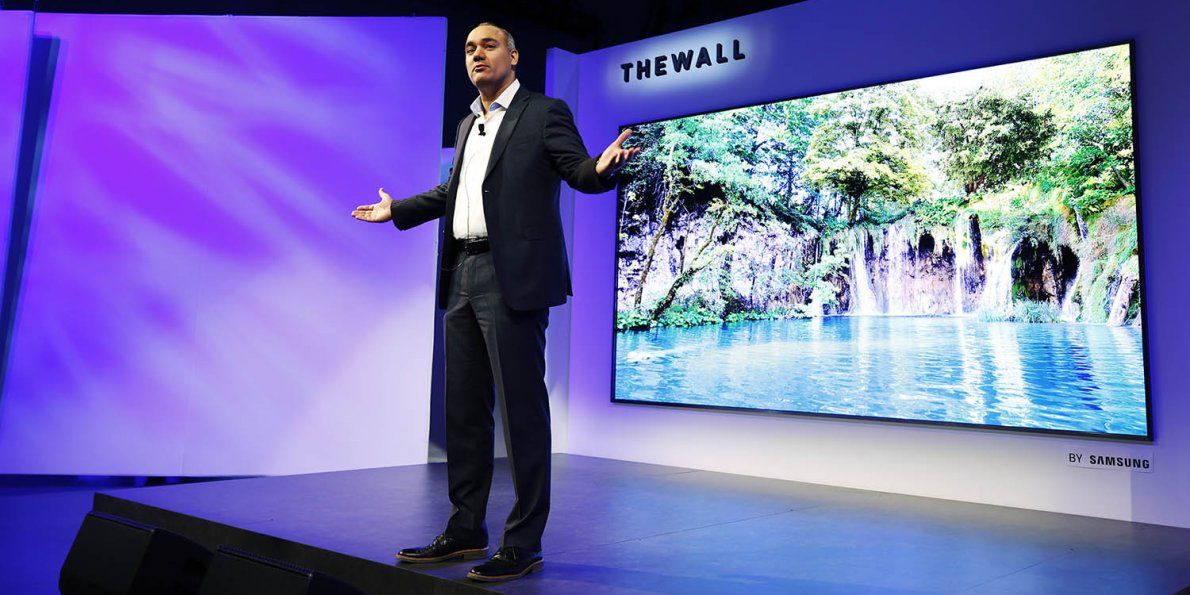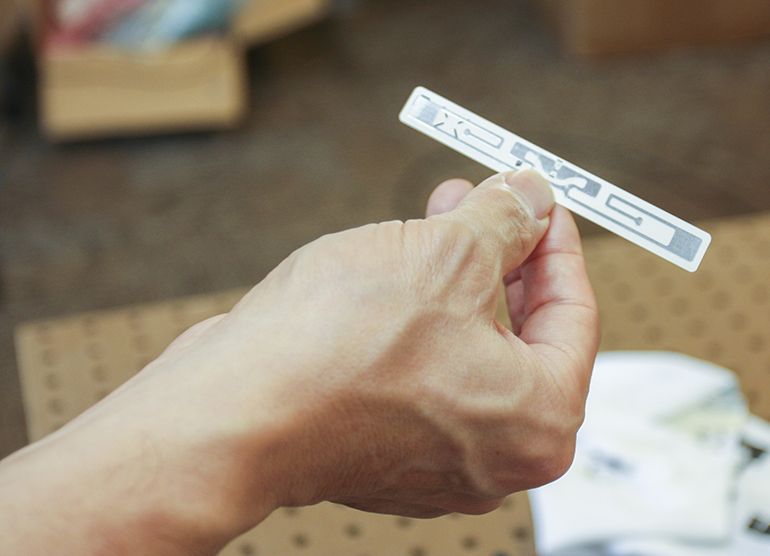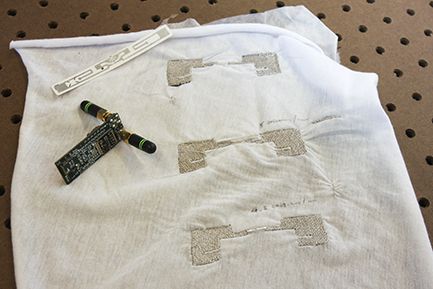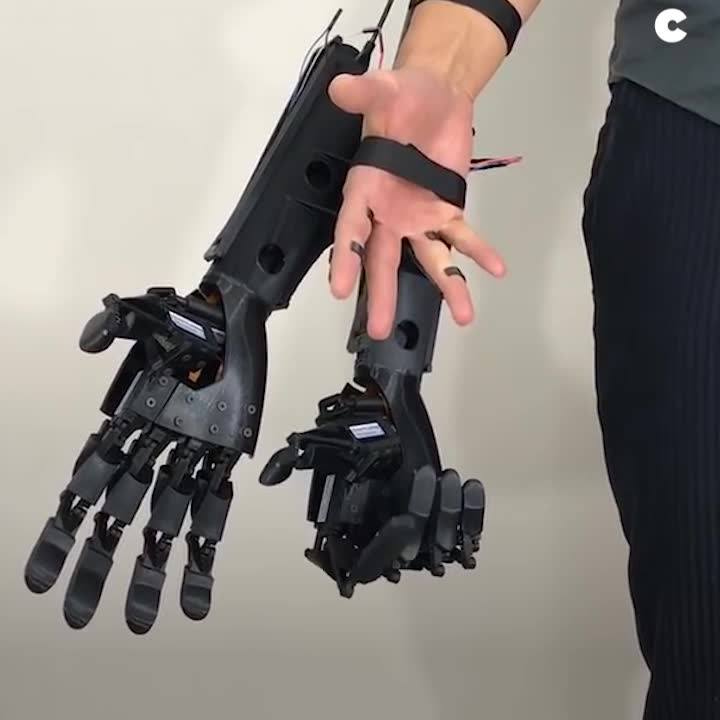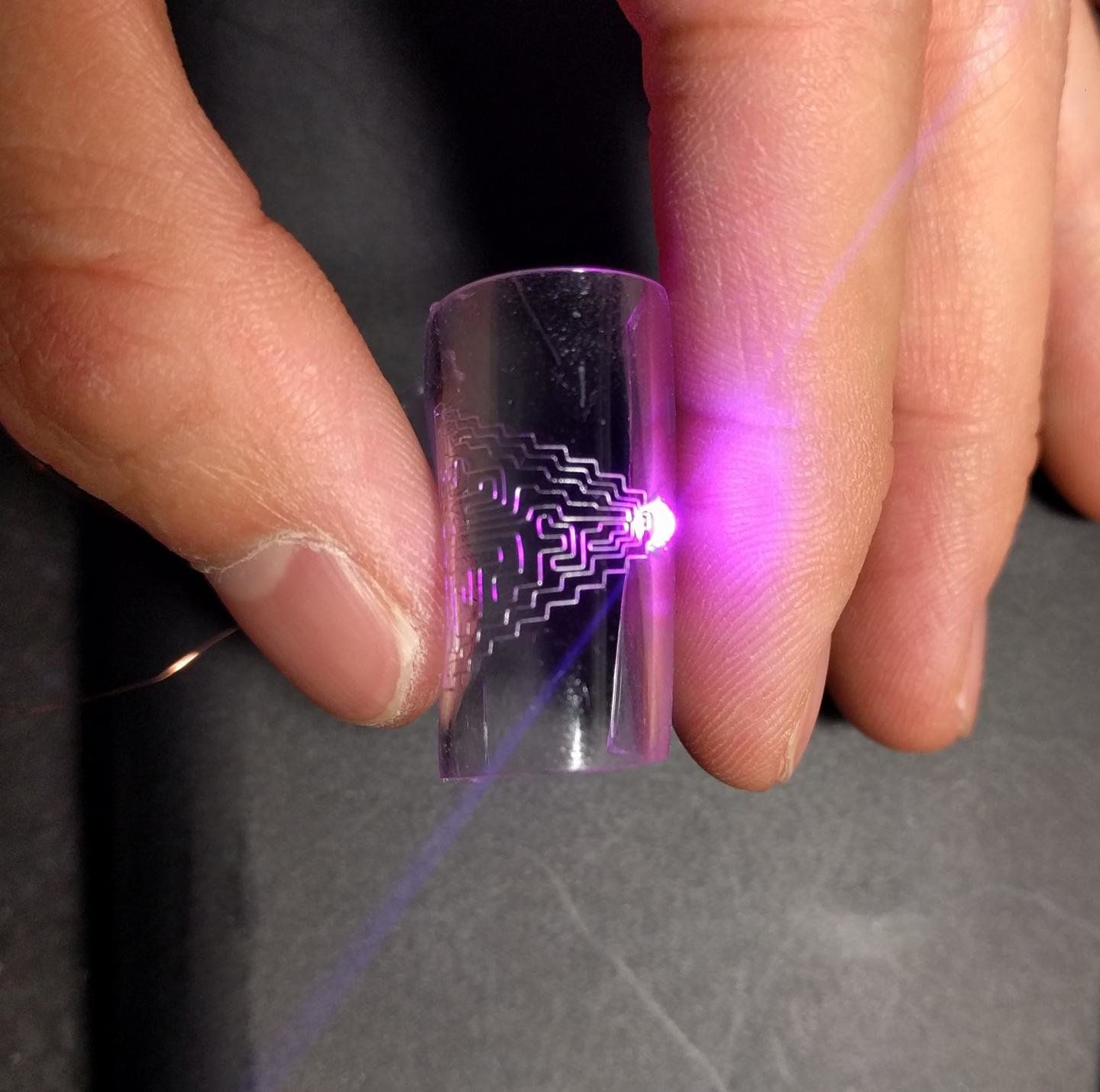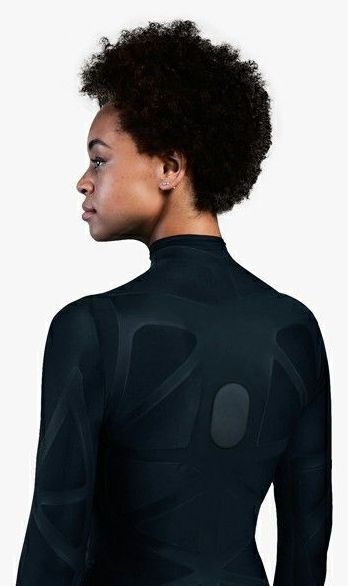Illustration of an array of organic vortex lasers, each with a different spiral and therefore a different topological charge. Credit: Stellinga et al. ©2018 American Chemical Society Researchers have developed a new type of organic vortex laser, which is a laser that emits a helical beam of light. In the future, miniature arrays of these vortex lasers, each with a slightly different spiral shape, may be used in applications such as 3D TV displays, microscopy, and as information carriers for visible light communications. The researchers, led by Ifor D. W. Samuel at the University of St. Andr…
